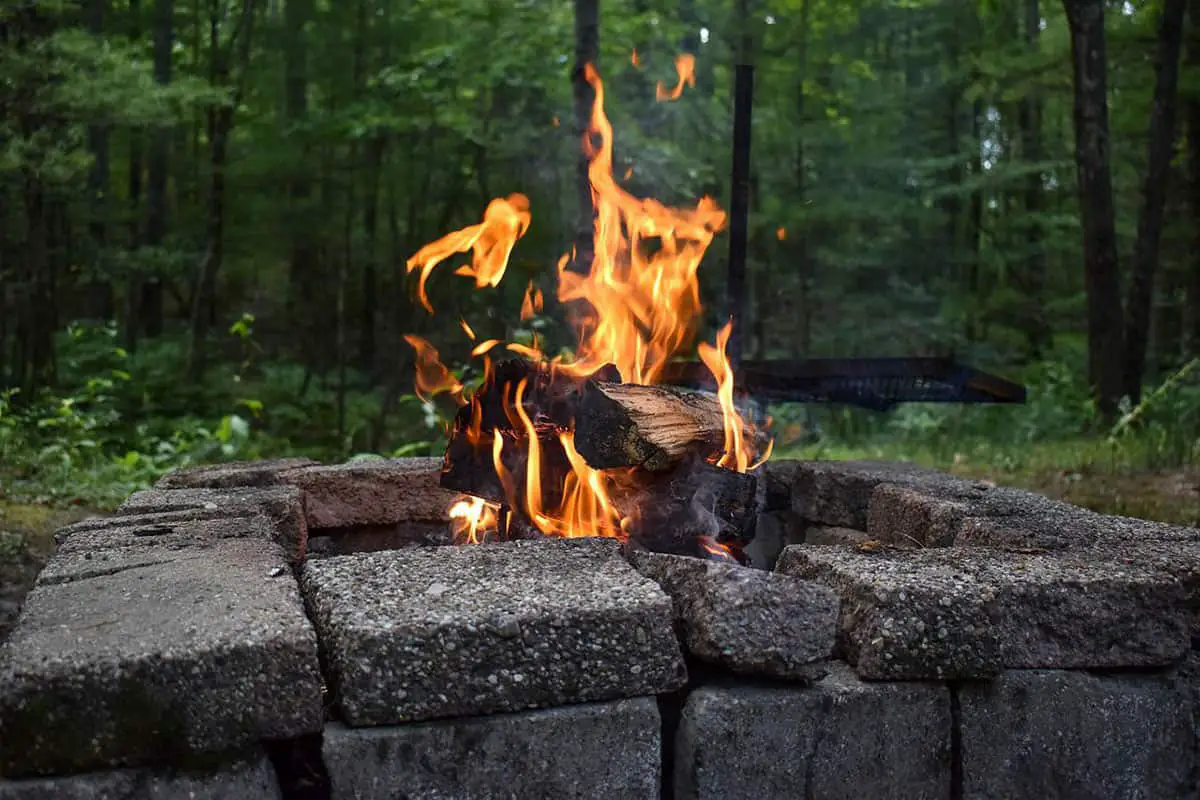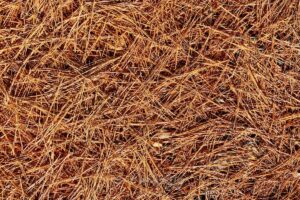This page may contain affiliate links. If you click and buy, we might get a small commission at no cost to you.
Ash removal is a regular maintenance issue for any wood-burning fire pit. Considering one cord of wood can produce around 50 pounds of ash, that’s a lot over time! To help ease this maintenance process, here’s a detailed guide on what to do with ashes from a fire pit. We’ll cover the proper precautions for ash removal and 14 ways you can reuse the ashes from your fire pit. Read on to learn more!
Removing ash from your fire pit safely
Before looking at the ideas of what to do with ashes from a fire pit, it’s important to know how to remove the ash safely. You’ll want to make sure the ash has time to cool before removal and no hot embers are lingering. Wait several days after a fire and still don’t touch the ash with your hands directly. It’s best to wear gloves and use a shovel, scoop, or spade.
Transfer the ashes into an empty metal container with a lid, such as a small trash can. Avoid cardboard or plastic containers since any hot embers can melt or ignite these materials. To cool the ash in the metal container, you can pour a little bit of water over it or close the lid and place the container in cool water.
When to remove ashes
You’ll want to remove ash from your fire pit when it’s built up above one inch. Too much ash can prevent you from building a proper fire. However, the Chimney Safety Institute of America recommends having a one-inch layer of ash on the floor of your fire-pit. The ash bed can insulate coals, so your future fires burn hotter.
What to do with ashes from a fire pit – 14 ideas
Now that you’ve safely removed the ash from your fire pit and your metal container is getting full, it’s time to try one of these 14 ideas on what to do with the ashes.
1. Use the ash to absorb odors
Like baking soda, wood ash is alkaline and can absorb odors and moisture from the air. You can place a small bowl in a musty room to freshen things up or place it in your fridge to absorb food odors.
2. Control humidity indoors
Since ash from your fire pit will absorb moisture in the air, you can also place it in humid rooms, such as bathrooms with bad ventilation or damp basements. Just put a small tray of the ash in a corner and let it draw out the humidity.
3. Remove the smell of skunks
If you or your pet has run into a skunk, you’ll know how smelly and hard it is to get the stink out of your clothes or pet fur. While we can wash our clothes, try using ash to absorb the odor from your pets. Just rub it into their fur to help them smell better.
4. Increase your soil pH levels
If your garden or lawn soil is too acidic, wood ash can increase the pH levels of the soil. Since it is more water-soluble than limestone, it also alters the soil pH quicker. Generally, plants grow best in soil between 6.0 and 7.0 pH. However, every plant requires different pH levels.

Make sure to check your soil with pH strips and the type of plant you are growing. For example, garlic, kale, and beans prefer more alkaline soil of pH 7 or more. In contrast, acid-loving plants such as azaleas and blueberries won’t do well with wood ash added to the soil.
5. Add nutrients to your soil
Wood ash is made of various nutrients plants need, such as magnesium, sodium, potassium, and calcium. Plants such as tomatoes need a lot of potassium and calcium to grow, so using wood ash can quickly add these nutrients to the soil. You can also use the ash to replenish the soil after planting crops that are known to remove nutrients from the soil, such as corn or alfalfa.
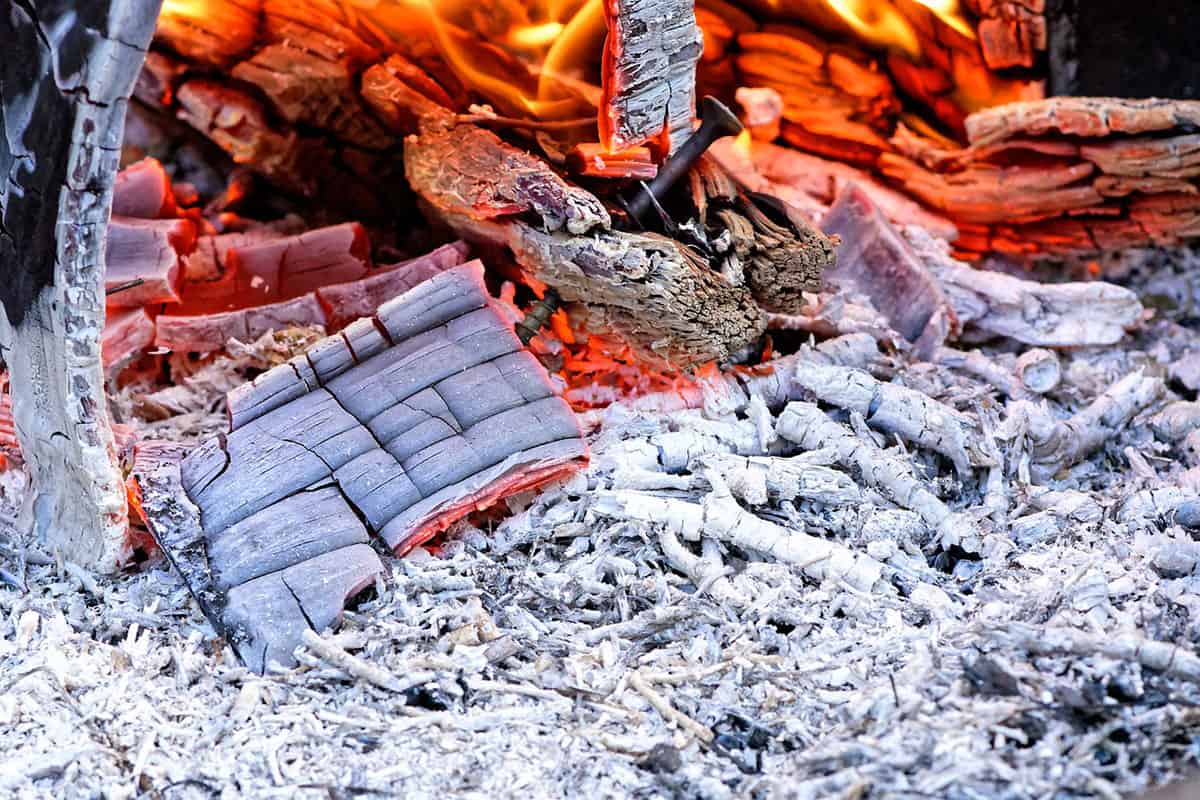
6. Clean up oil stains from your driveway
Ashes from your fire pit can be used to remove oil stains from concrete or asphalt driveways. Just sprinkle the ashes onto the stain, let it sit for a few hours to absorb the oil, and then sweep it away with a broom.
7. Keep garden pests away
Having pests eating away at your plants is every gardener’s nightmare. If you don’t want to use commercial insecticides, try ash as a natural alternative. You can sprinkle the ash around your garden beds and home to prevent crawling insect infestations. For example, slugs and snails hate crossing it since it absorbs moisture, and these critters have high water content.
You can also create a liquid mixture to spray on any infested plants. Just mix one cup of ash with one cup of lime and two gallons of water and put it in a spray bottle.
8. Create a cleaner for glass or metal
Mixing your wood ash with a bit of water will form a paste you can use to clean glass and metals. Wear gloves to protect yourself as you rub the paste onto the surface with a cotton cloth. It can clean dirty glass, buff up metals, and remove sticky residues.
9. Use the ash as ice melt
Yes, you can use ash instead of rock salt or de-icing chemicals to melt ice and snow. The darker coloring lets applied areas absorb more sunlight and the potassium salts in the ashes help melt the snow. You can also sprinkle it on icy patches of road to provide more traction for your car.
10. Make homemade soap
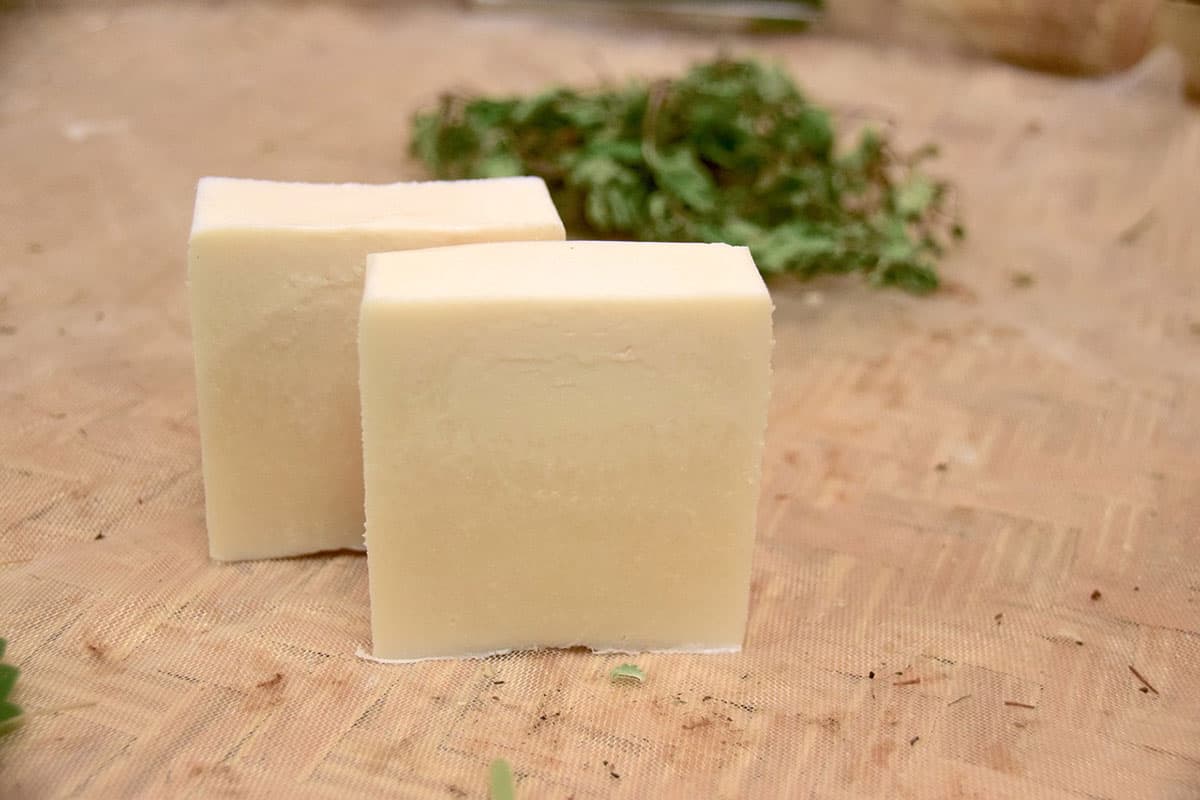
Using the white ashes that have been completely burnt out, you can mix them with boiling water to create lye. Lye is the main ingredient in making homemade soap. Mix the lye with a form of fat, such as oil or lard, over high heat with occasional stirring before pouring the mixture into molds.
Ash from hardwood fires, such as maple and hickory, works best for making soap bars. If you use softwoods with a lot of resin, you’re more likely to end up with liquid soap. However, you can add salt to your mixture to make harder soap.
11. Use it as a bleach substitute
Besides making soap, lye water that results from mixing ashes with water can also be used as a substitute for bleach. You can use it to bleach wood for refinishing or soak your white clothes in it for cleaning. But make sure you wear gloves!
12. Put out small fires
If you don’t have sand or soil readily available, you can keep a bucket of ash by your fire pit and use it to put out small fires. Simply dump the ashes onto the fire so it can smother the embers.
13. Add the ash to your compost pile
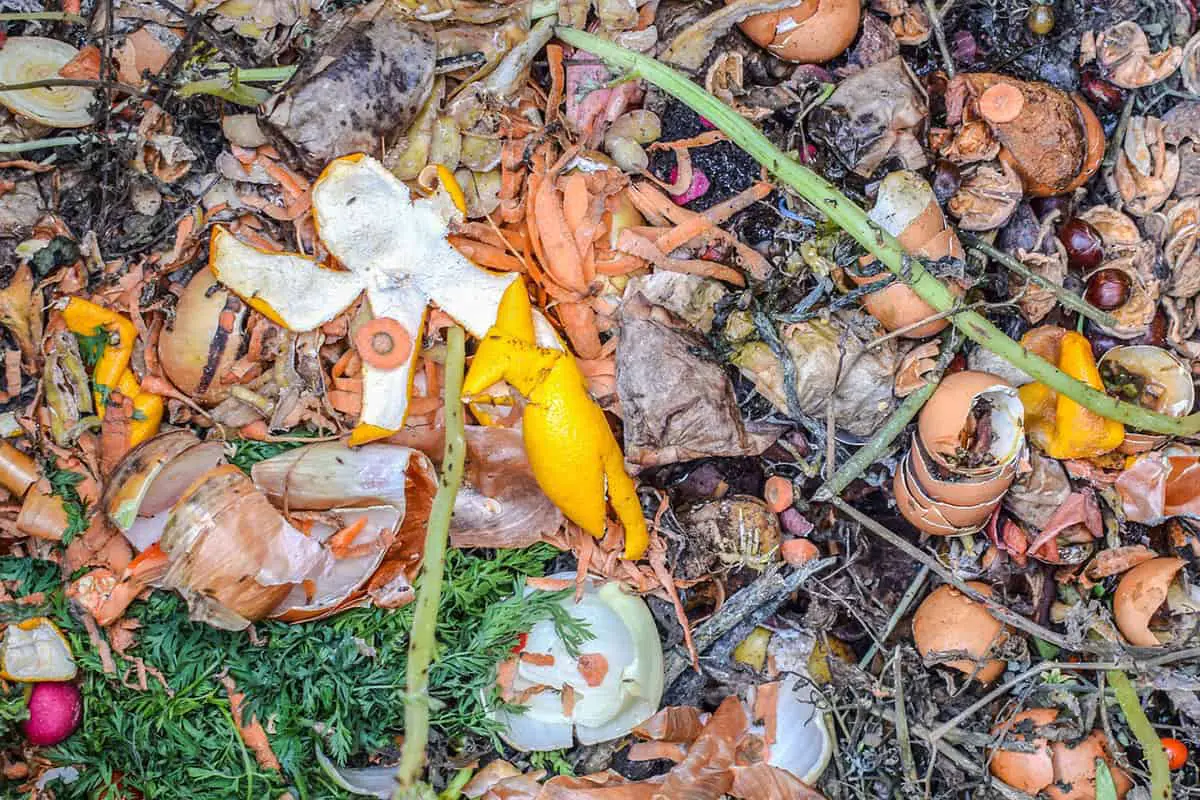
You can add wood ash to your outdoor compost pile to help add additional nutrients, such as potassium, to your final product. Just sprinkle some ash onto each layer of your compost before mixing the pile. An added benefit is the wood ash can absorb some of the unpleasant smells your compost heap might produce as it breaks down.
14. Control algae growth in ponds
While the ash won’t kill algae, it can help control its spread in ponds. Since ash contains potassium, it will encourage the growth of other aquatic plants that can keep the algae in check by competing with it. You only need one tablespoon of ash per 1,000 gallons of water to add enough potassium to strengthen the other plants.
